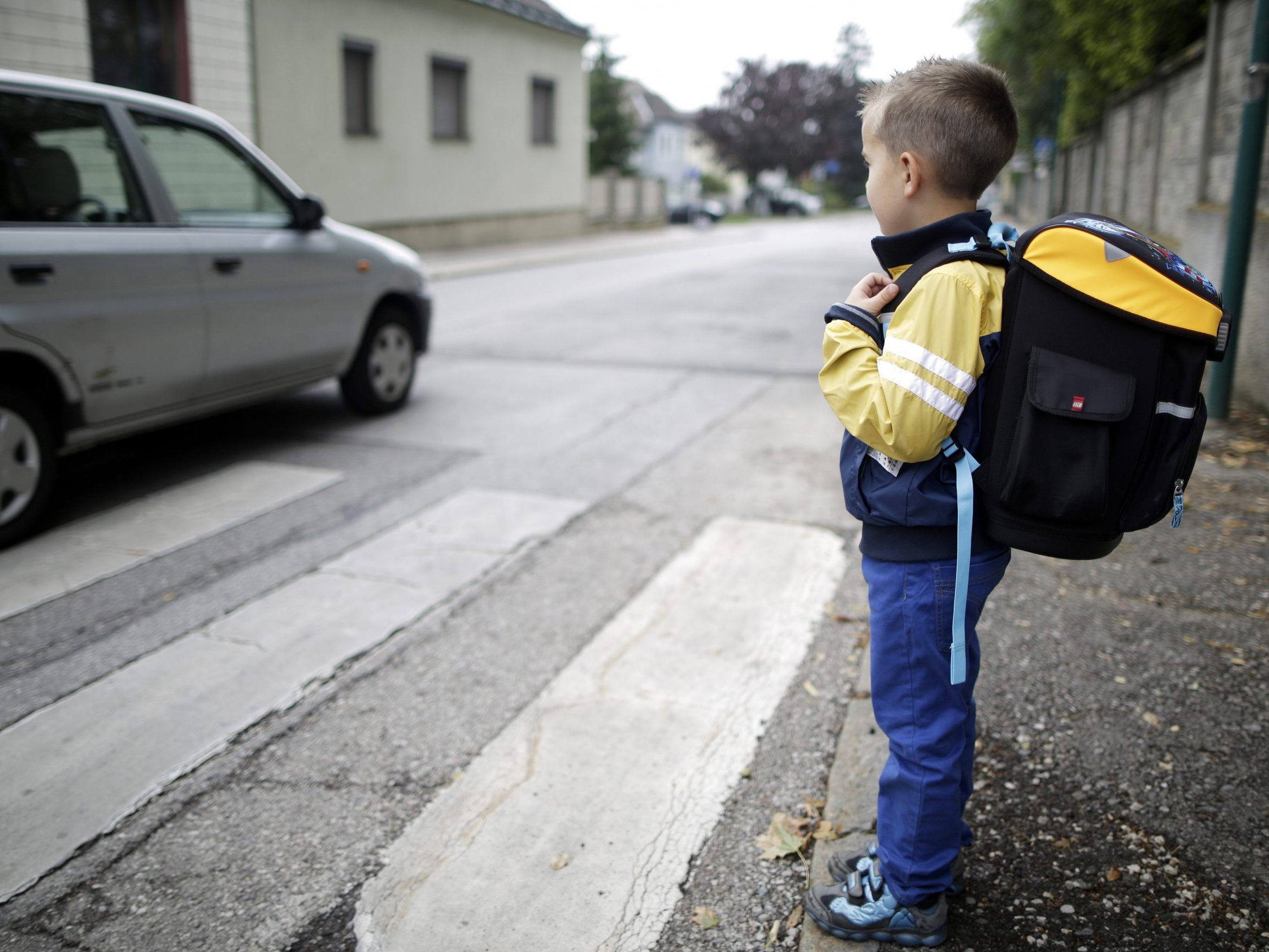Children Alone in Traffic: These Rights and Obligations Parents Must Consider

However: "As children get older, parents can, depending on their assessment of their children's safety and reliability behavior, handle this duty of supervision more loosely. It is important for guardians to inform themselves about the legal framework for using public transport, bicycles, scooters, and the like, to also ensure safe vehicle handling when using bikes and scooters, and to refresh the most important behavioral rules with the children," emphasized Martin Hoffer, head of ÖAMTC Legal Services.
Alone on Public Transport - ÖAMTC Tips
Children are allowed to use public transport without accompaniment from their sixth birthday. Corresponding notes that children under six are not permitted to use the facilities and vehicles without adult accompaniment can be found in the transport companies' terms of carriage.
"As a guardian, one can assume that school-age children are allowed to travel alone according to the transport regulations in local traffic. However, parents should critically assess whether their children are actually ready to be on their own even in exceptional situations," explained Hoffer. After all, there can be accidents, operational delays, or other incidents at stops or in transport vehicles. Discussing "what if" scenarios together can provide children with help and support in exceptional situations.
Bicycles, Scooters, and Similar
The age limit for using bicycles is clearly defined, emphasized the ÖAMTC. "Children under twelve years old are generally only allowed to ride bicycles in public traffic under the supervision of a companion who is at least 16 years old," explained Hoffer. An exception is when younger children are traveling with cycling permits: Children can obtain this permit from the age of ten after passing an exam. Children in the fourth grade can get the permit as early as nine years old.
Since April 1, 2019, children over eight years old are also allowed to travel alone with small scooters powered solely by muscle power. In these cases, it is also important to be prepared for exceptional situations, such as road closures and detours, traffic light failures, or construction sites with altered traffic patterns.
Children and teenagers are restricted in curfew times
The youth protection law now provides for largely uniform curfew times under the respective state youth protection laws: For several years, children and teenagers up to the age of 14 have been allowed to be out alone until 11:00 PM. An exception is Upper Austria, where the limit remains at 10:00 PM. The prerequisite is always the consent of the legal guardians within the framework of the right to determine the place of residence: Parents may impose stricter curfew times on their children, but they cannot extend them further.
Even if children are legally allowed to be out alone from a certain age, adults should still make them aware of the dangers in road traffic and sharpen their children's risk awareness in several directions, recommended the ÖAMTC. "Children should be optimally prepared before they are out in road traffic alone. Practicing the school route together frequently and discussing possible dangers and unexpected challenges are simply part of the path to independence," said Hoffer.
(APA/Red.)
This article has been automatically translated, read the original article here.





